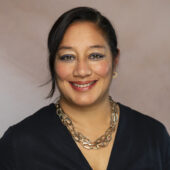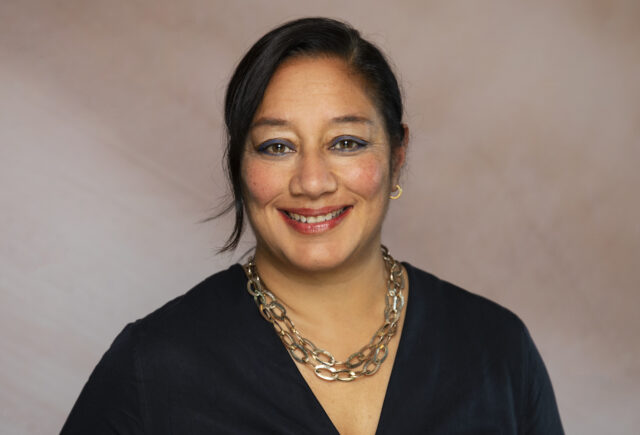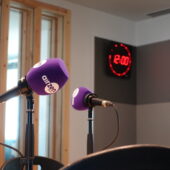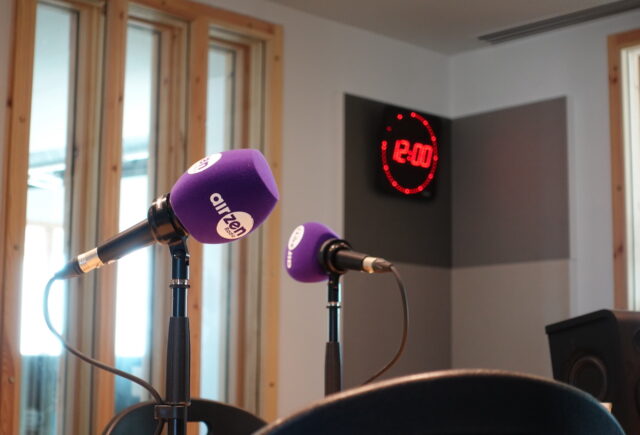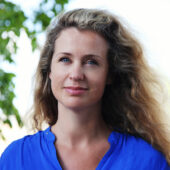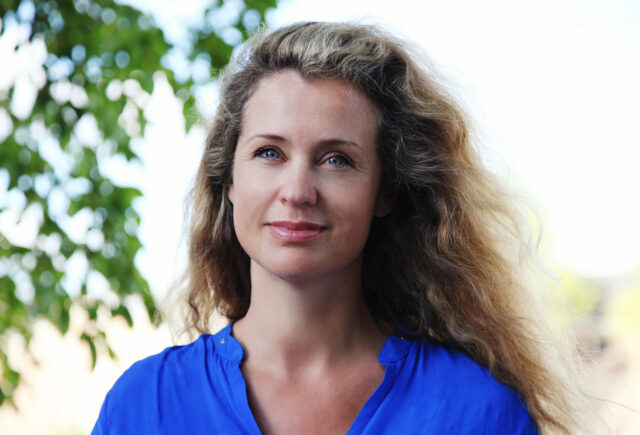The CEO of the Media Development Investment Fund discusses the changing media landscape and opportunities for investment in independent media to build free, thriving societies.

CV
- Media Development Investment Fund, CEO, 2011 to present
- Media Development Investment Fund, deputy managing director, 1998 -2011
- Open Society Institute, deputy general counsel, 1996-1998
- Morrison & Foerster, associate, 1989 – 1996
As a trained lawyer, with a doctorate in law from Columbia Law School, Harlan Mandel’s journey to become chief executive of the Media Development Investment Fund (MDIF) started at a large US law firm, where in the mid-1990s he was part of a team working to build a new media practice for the firm in New York.
But knowing he wanted to get into work that ‘meant something more’ to him, in 1996 Mandel joined the Open Society Foundations (OSF), formerly Open Society Institute, where he spent two years as deputy general counsel.
The OSF, founded by George Soros in 1993, financially supports civil society groups to build “inclusive and vibrant democracies”, including advancing independent journalism, and in 1996 was the main funder of the recently established MDIF, which was launched by Serbian journalist Sasa Vucinic and US correspondent Stuart Auerbach.
The original aim of the MDIF was to offer loans to independent media in Eastern and Southeastern Europe, to maintain their editorial independence while their countries transitioned away from communism to free market economies.
“The OSF is one of the biggest funders of independent media in the world and in the late 90s, it was providing funding to organisations such as MDIF in Eastern Europe as well as for the installation of broadband in places like Russia, to link up universities and civil-society groups,” says Mandel. “I was put in charge of managing the legal side of the media portfolio for the foundation, which brought me to Europe a lot, and to Prague in particular.”
In Prague, Mandel met Vucinic who soon asked him to join the organisation, which he did in 1998, describing his decisions as a “no brainer”. “I have always felt that free speech and press freedom were the bedrock of democracy,” he adds.
Today MDIF has offices in Prague and New York and has extended its universe of clients to independent media working across the world in societies experiencing corruption or under threat from authoritarian rule – as of September 2022 it had financed 145 news outlets in 47 countries.
A changing media landscape
Mandel explains that until the 2000s, around 75% of MDIFs’ clients were in print media, namely newspapers, which he says was where the “really deep reporting was being done”.
“Our bread and butter was financing printing houses and presses, often the first ever printing press in a given country or region. This allowed us to dramatically alter the economic prospects of a company by reducing their overhead costs, giving them a printing business and the ability to earn by printing for third parties, while also freeing them from dependence on government-controlled printing houses. The printing house could also serve lots of other independent media,” he says.
The slow evolution of print media meant MDIF could learn to understand its clients intricately, predict future cash flow with certainty and use the printing machinery as financial collateral in the event of a loan default. But this all changed with the advent of digital media.
“In the era of print media, the risk we were taking was primary political. Fast forward a few years and digital media wiped all of that out,” says Mandel.
Investing in independent media
With the exception of a few countries where MDIF still supports print media, the majority of its clients now work in digital, social and broadcast media.
This means that MDIF’s financing model today has a much heavier emphasis on equity, with the ability to make more early-stage investments than in the past.
In the early days, investments were mostly made using MDIF’s own balance sheet, composed of grants from philanthropic capital as well as loans from investors via debt instruments such as free press investment notes.
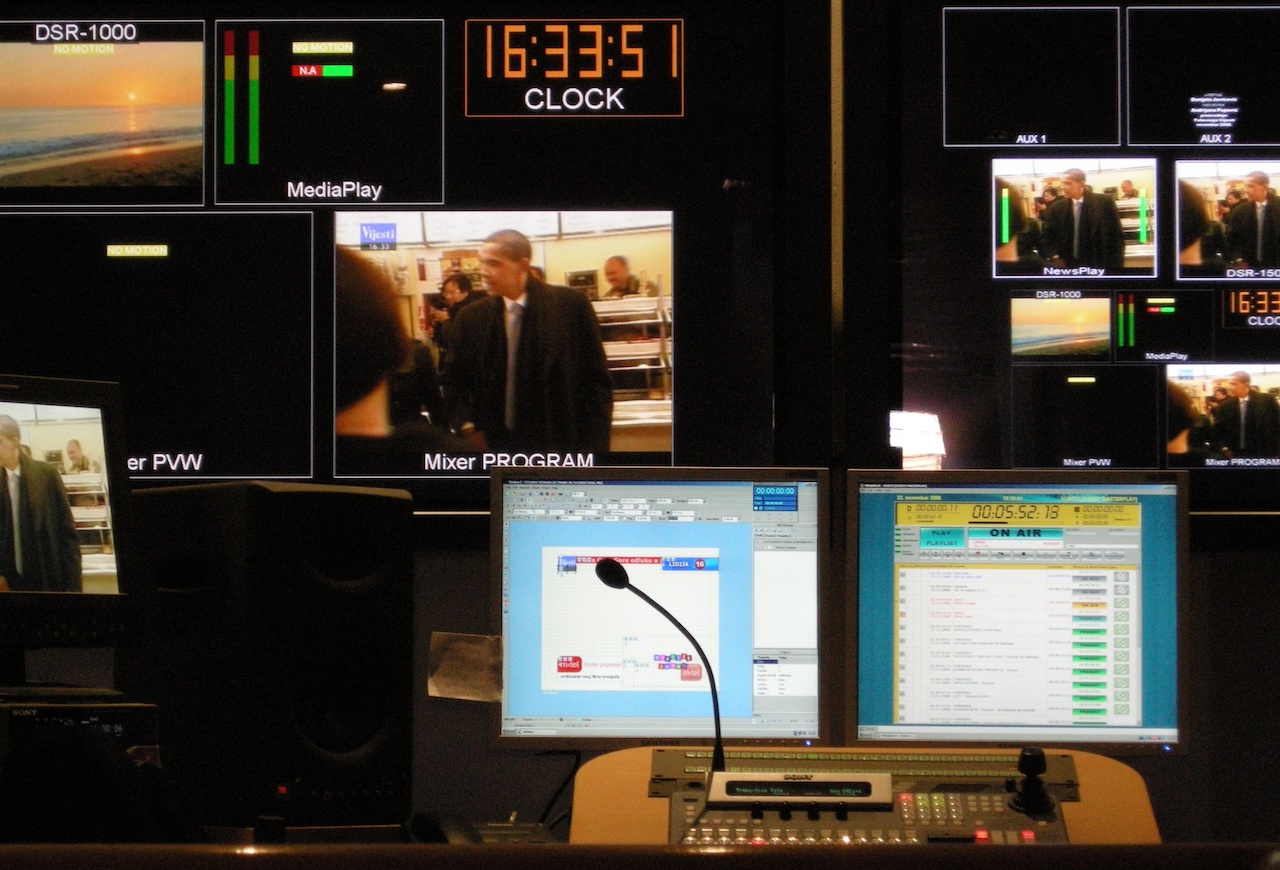
Although the organisation continues to offer debt products and invests using its own balance sheet, it has also launched several funds. This includes the equity-focused $13m Emerging Media Opportunity Fund, two back-to-back loan funds of $6m each and Pluralis, an evergreen fund with a unique funding model launched in 2021, which aims to raise $100m by 2024 and focuses on investment in independent media companies in Europe.
“Pluralis is very special and its holding company design means we can counter media ownership takeovers by governments or political actors, which threaten media plurality in Europe,” he says.
With its range of financing, MDIF has also attracted a range of investors. In the 1990s investment was driven by foundations, such as OSF and the MacArthur Foundation, and the Swedish International Development Cooperation Agency. In the 2000s, as well as adding the Swiss Agency for Development and Cooperation to its investor pool, a much wider variety of charitable trusts and foundations, including Oxfam and the Calvert Foundation, were attracted to MDIF when they started to see independent journalism as a vector for poverty reduction.
Mandal explains: “In the early 2000s the World Bank published a series of studies into the importance of independent reporting for poverty reduction. The main obstacle for effective poverty reduction programmes was seen as corruption and it was understood that independent media was the best antidote there is.”
Today, MDIF has also secured backing from impact investors, including private investors, family offices and impact investment funds, such as Anthos Fund & Asset Management, as well as development finance institutions. Pluralis has also attracted Western European media companies such as Mediahuis who also provide advice and expertise to the investee companies.
Impact themes
When investing in independent media, MDIF targets three main impact areas: fighting corruption and holding those in positions of power to account, raising awareness of important and otherwise underreported social issues, and reporting freely on elections and the electoral process.
According to MDIF, more than 85% of the world’s population does not have access to free media.
“When we started, it felt very much like the arc of history was moving towards democratic change in large parts of the world,” says Mandel. “I believe 9/11 marked a shift in a different direction. Today we’re in a more defensive posture in more places than we ever were, with press freedom declining dramatically in many countries and regions of the world.”
To face these challenges as well as the fast-changing and tech-driven media landscape, the companies MDIF supports today also go beyond traditional journalism.
“Technology has opened different ways of getting at the same thing and alongside traditional media, we are starting to work with different kinds of companies that can promote accountability, transparency, democratic participation, news information and public debate,” says Mandel.
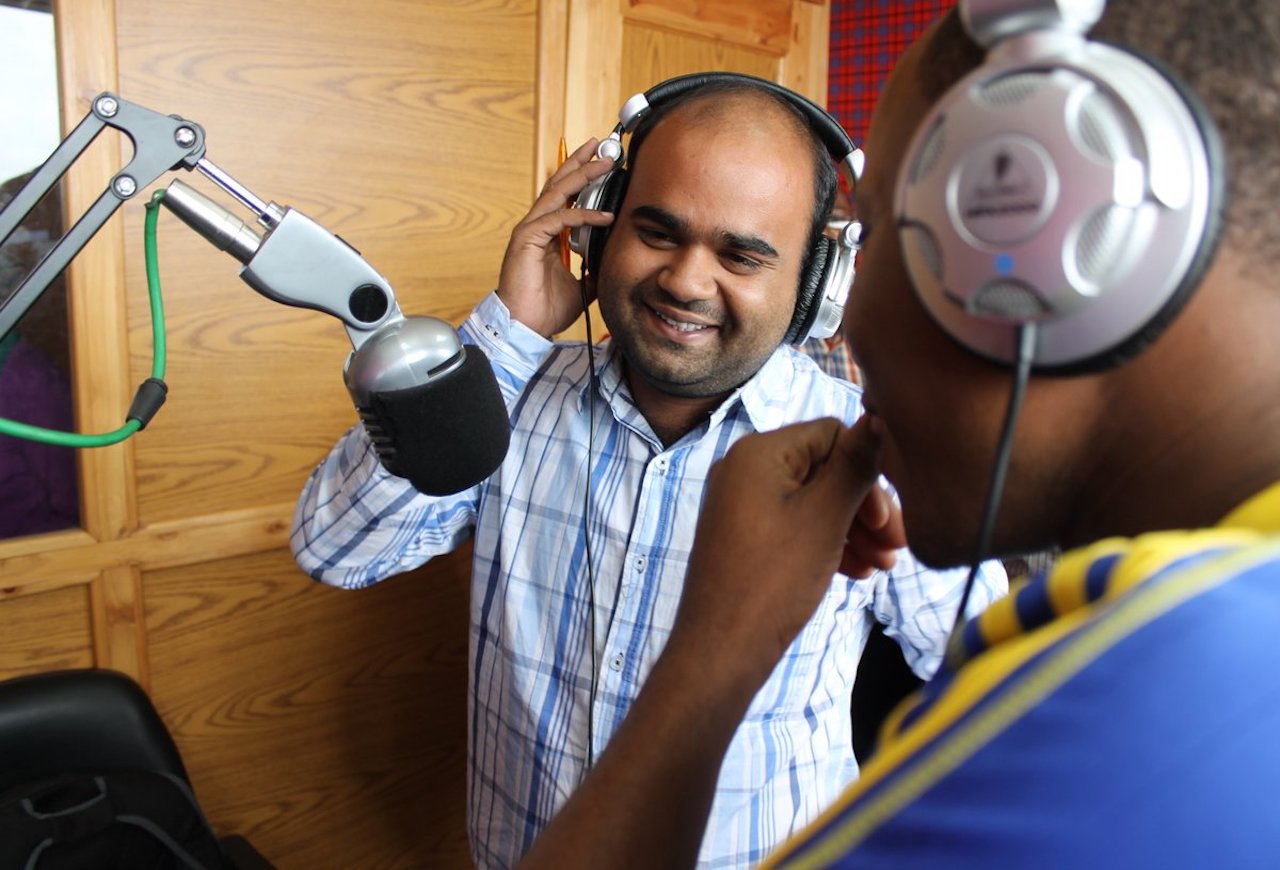
This includes investments such as Colab, a Brazilian company whose core product is a civic engagement app, which connects people to local government allowing them to get involved in the day-to-day politics of their community. Or Gram Vaani, a voice-based media platform for marginalised, hard-to-reach communities in India, including many illiterate people.
“Neither of these examples is in traditional journalism. What these businesses do, is to allow a lot of people to talk about what is happening in their lives and surface that information while ensuring the accountability of those in power,” says Mandel.
But for the vast majority of MDIF’s clients, independent journalism still lies at the core of what they do. Mandel mentiones MDIF’s investment in Poland’s Agora group, which owns the national print and online daily Gazeta Wyborcza, or Montenegrin national TV station TV VijestI, both of which have recently uncovered stories involving political corruption.
Looking ahead
The future for independent media may seem bleak. According to the annual World Press Freedom Index, compiled by NGO Reporters Without Borders, the number of countries where press freedom is judged to be good has dropped from 26 in 2013 to just 8 today and the situation is classified as very bad in a record number of countries (28).
But Mandel believes people’s changing news preferences may start pushing the needle back the other way, with a marked shift in consumer preferences away from the very emotionally-driven content pushed largely by social media, towards high quality and paid-for content – a shift which accelerated during the COVID-19 pandemic.
“People tend to gravitate towards quality news in times of crisis. We have seen that during elections, financial crashes and most recently, the pandemic. With more people seeking out investigative journalism and high-quality analysis, which they are willing to pay for, we see this as great news for independent media,” he adds.
